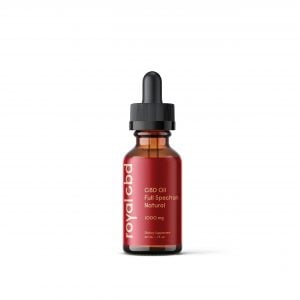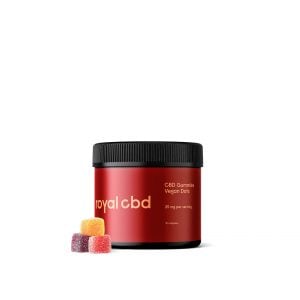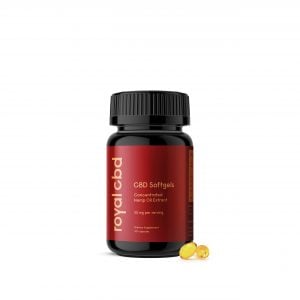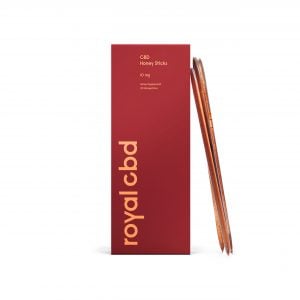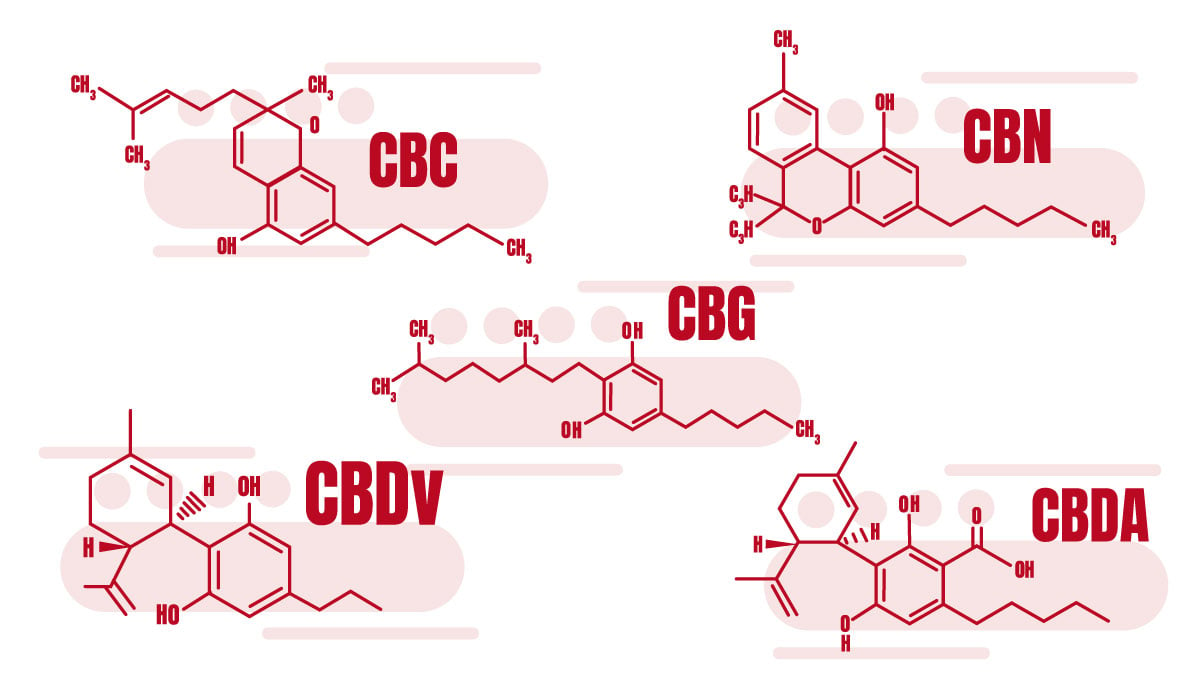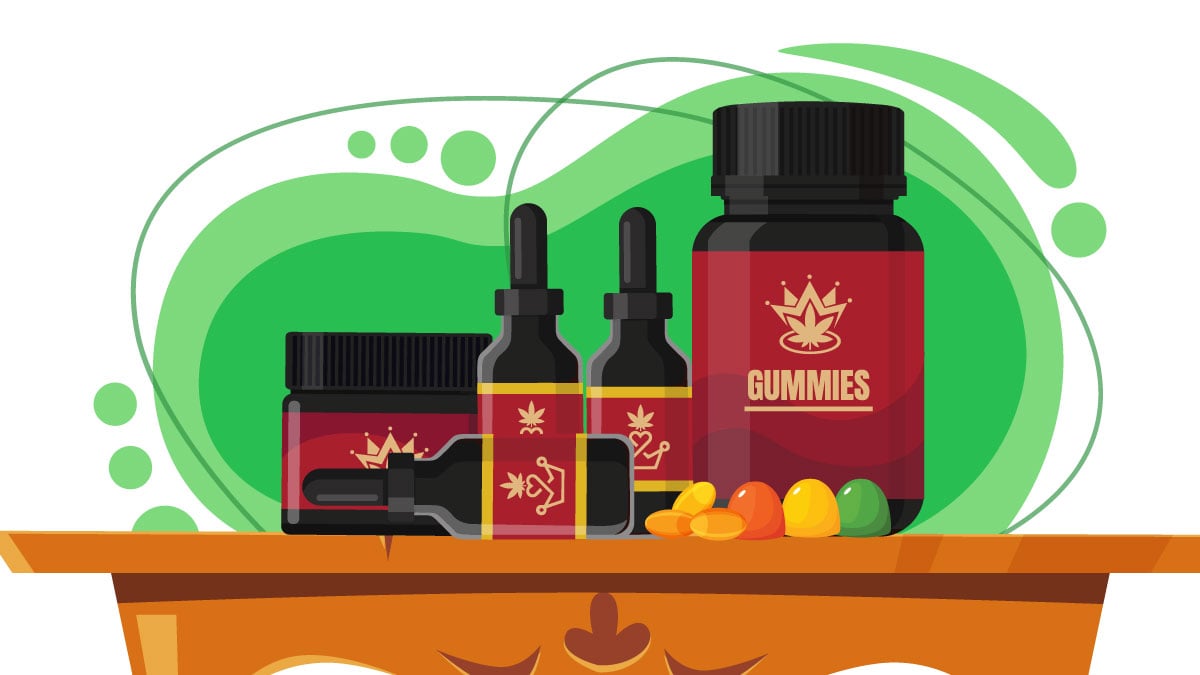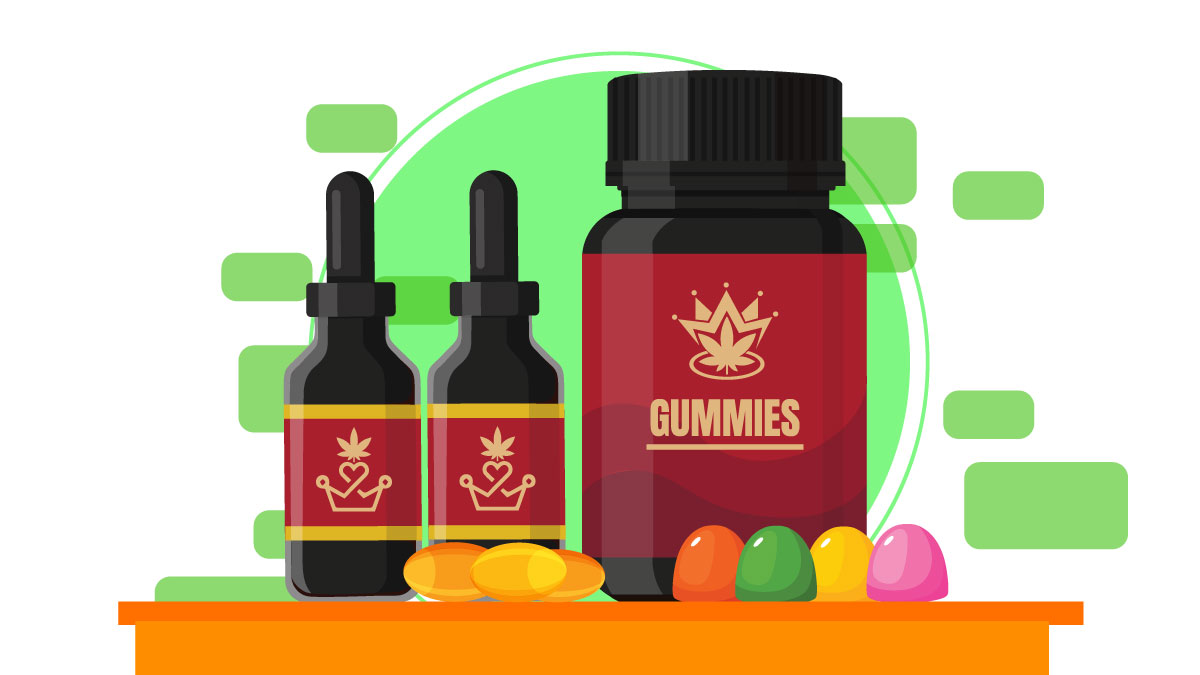If you’ve just discovered the health benefits of hemp-derived products currently available on the market,, you might not realize that the world of cannabis is more than just about CBD.
Of course, CBD is one of the most important cannabinoids in the hemp plant. Its discovery has changed the way people perceive cannabis on a global scale in recent years. There’s a growing body of scientific evidence supporting the use of CBD for a wide range of health conditions. Studies point to CBD as an effective agent in the management of inflammation, nausea, seizures, anxiety, depression, pain, and sleeping difficulty — all without intoxication associated with THC.
But did you know that the hemp plant consists of more than two cannabinoids? In fact, there are over 100 compounds similar to CBD. Although they have similar properties, each of them has its unique benefits and produces synergistic effects when combined together.
In this article, we explain the differences between the six most-researched types of cannabinoids — CBD, CBDA, CBN, CBG, CBV, and CBDV — as well as the specific uses for each one.
Before We Begin: What Are Cannabinoids?
Although we all have endocannabinoid systems, meaning that we’re naturally predisposed for using cannabinoids, nobody is born a cannabis expert. If you’re new to CBD products, you might feel confused by all these abbreviations we’ve just used above.
So, before we dive deeper into the subject, let’s ask one simple question: what are cannabinoids?
First discovered and isolated by Israeli researchers in the 1950s, cannabinoids are naturally occurring compounds found in the resinous glands of the cannabis plants. These compounds are touted for their many therapeutic effects and are responsible for the wide range of medicinal effects of cannabis.
Each compound has unique properties and benefits. They also work synergistically together to help the body process cannabis more efficiently. Scientists refer to that synergy as “the entourage effect” — the reason why full-spectrum products are believed to be superior to isolate-based extracts.
To date, researchers have discovered more than 110 cannabinoids; more are likely to be found as they reveal the complex molecular structure of cannabis plants.
Classes of Cannabinoids
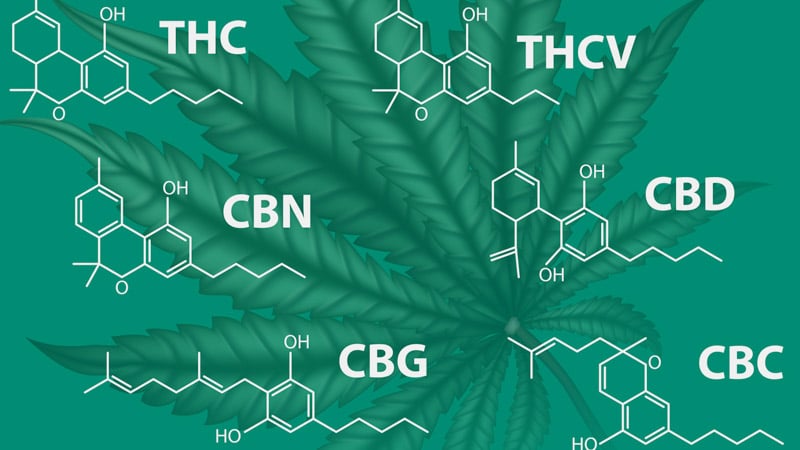
Cannabinoids are broken down in the following subcategories:
- Major cannabinoids: Cannabidiol (CBD) and Tetrahydrocannabinol (THC)
- Minor cannabinoids: Cannabichromene (CBC), Cannabigerol (CBG), Cannabinol (CBN), Cannabinodiol (CBDL)
- Other cannabinoids: Cannabielsoin (CBE), Cannabitriol (CBT), Cannabicyclol (CBL)
Cannabinoids interact with the endocannabinoid system, the prime regulatory network that is interconnected with other vital systems in our bodies. These molecules attach to the surface area of cells, where cannabinoid receptors are located. These receptors occur in different areas of the body. We distinguish two types of cannabinoid receptors: CB1 and CB2.
The effects of the cannabinoids depend on the area of the brain they bind to. For example, when they bind to the limbic system, they can affect memory, cognition, and psychomotor performance. These compounds can also affect the pleasure and reward area, and alter pain signaling to the brain.
Main Differences Between Cannabinoids
The core difference between the cannabinoids depends on how psychoactive they are. For example, CBD, CBD, and CBG cannot induce intoxication due to their molecular structure, whereas CBDL, CBN, THC, and other cannabinoids show different levels of psychoactivity.
The two most popular cannabinoids are CBD and THC. CBD has remarkable anti-anxiety properties and can also counter the mind-altering effects of THC. When THC is exposed to oxygen, it converts to CBN — a less psychoactive compound that weakens the intoxication from THC.
Sounds easy so far?
In the next section, we’ll dive into the details about CBD, CBDA, CBN, CBG, CBC, and CBDV.
How Does the Body Use Cannabinoids?
Each person responds to cannabinoid differently due to its complex built-in mechanism known as the endocannabinoid system. This important network is made up of receptors spread throughout the body, enabling the self-regulation of all biological processes.
Cannabinoid receptors occur in nearly every major organ system, from the brain and spinal cord to the gut. The highest concentrations of CB1 receptors are found in the brain and central nervous system, while CB2 receptors are linked to the immune system cells.
In simple words, the endocannabinoid system helps our bodies maintain a stable and healthy internal environment.
When you introduce cannabinoids to your system, the cannabinoid receptors become able to affect essential body processes, including memory, appetite, pain, mood, neuroprotection, immune function, cognitive processes, fertility, body temperature, and more.
The specific effects of individual cannabinoids depend on how they interact with the endocannabinoid system. We’ll take a closer look at this interaction below.
What is CBD?
CBD is an abbreviation for cannabidiol, the second major cannabinoid in the cannabis plant. Unlike THC, the signature cannabinoid in marijuana, CBD doesn’t produce intoxicating effects. That means you can use it for a wide range of health benefits without getting high, which makes it safe to use even before going to work or driving a car. CBD is also a highly versatile compound that can be infused into oils, gummies, capsules, and creams among many other formats to suit different needs.
CBD is also the best-researched cannabinoid to date, and the list of its applications as a potential treatment is continuously expanding.
Studies show that CBD can help in the management of:
- Daily physical discomfort
- Chronic pain
- Inflammation
- Anxiety and stress-related problems
- Nausea and vomiting
- Seizures and convulsion
- Skin conditions such as acne, eczema, and rashes
You might already be familiar with some of these health benefits, but did you know that there’s hardly any CBD in living hemp plants? Before it gets activated, CBD occurs in the form of its precursor — CBDA.
What is CBDA and why are many people adding raw hemp to their diet?
Continue reading to find out!
What is CBDA?
CBDA is better known as cannabidiolic acid, a cannabinoid secreted in the stems, leaves, and flowers of cannabis plants. When cannabis undergoes decarboxylation — the process of applying heat to activate specific cannabinoids — the acid is removed from CBDA, activating CBD. CBDA is considered the precursor to CBD because of that.
Although CBD and CBDA have similar chemical structures and effects, CBDA hasn’t been the subject of such extensive scientific research as CBD. So far, we have learned that CBDA is the primary inhibitor of the COX-2 enzyme within the endocannabinoid system. The said discovery has led to an investigation into the potential application of CBDA as a treatment for inflammation. Recent studies have also examined the efficacy of CBDA in treating nausea and certain types of cancer.
Last but not least, different consumption methods apply to CBD and CBDA. Since CBDA occurs in raw hemp plants, it’s commonly extracted by juicing the plant material. The juice can be added to foods and drinks or infused into raw extracts, such as live resins and tinctures.
What is CBN?
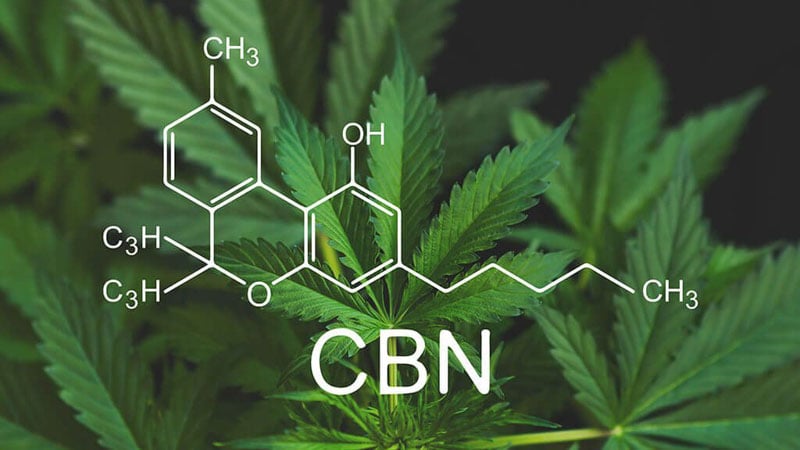
CBN stands for cannabinol, another compound within the cannabis plants. CBN was the first cannabinoid isolated and synthesized by scientists as a byproduct of THC’s degradation. When THC is exposed to heat or oxygen — or when the cannabis plant starts to age — it converts into CBN.
Despite being derived from THC, CBN is much less psychoactive. It won’t get you high in a way that THC does.
When it comes to the effects of CBN on the endocannabinoid system, they are less versatile than many other cannabinoids. However, CBN has been extensively studied as the potential aid for people with sleeping difficulty. Researchers have discovered that CBN is a powerful sedative, comparing its effects with common pharmaceuticals such as diazepam. Studies from animal models have shown that CBD can prolong sleep time; additional research suggests that this effect is enhanced when used along with THC.
Aside from its influence on sleep cycles, CBN has been studied as a possible stimulant for the growth of bone tissue. Research indicates that it may activate stem cells that are involved in the creation of new bone, making it potentially useful for bone degenerative disorders.
Additional studies have looked into the painkilling, antibiotic, anti-inflammatory, and anticonvulsant properties of CBN. However, health supplements based on CBN are not widely available at this time.
What is CBG?
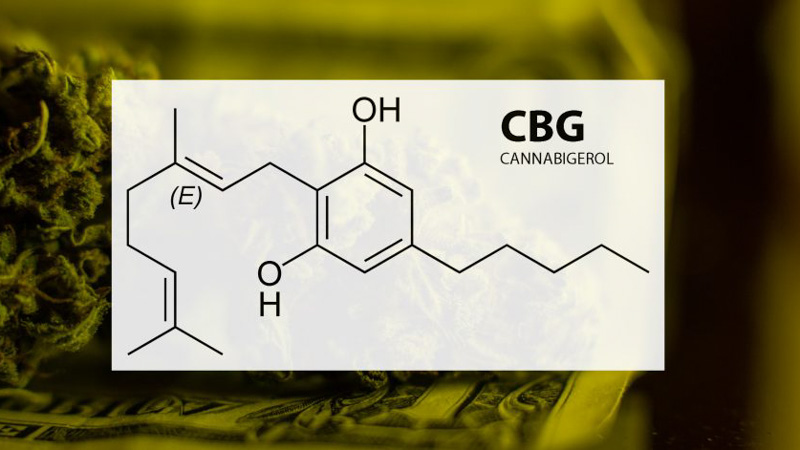
CBG, short for cannabigerol, is a non-psychoactive cannabinoid that offers a variety of promising therapeutic uses. CBG is the precursor to its more popular cousins, CBD and THC. Similar to CBDA, exposure to light and heat causes CBG to transform into these compounds. CBG can also accelerate the effects of other cannabinoids, hence its importance in creating the entourage effects.
The majority of cannabis strains contain little CBG, usually below 1%. However, that doesn’t mean this cannabinoid is less valuable than the aforementioned ones. Through interaction with both CB1 and CB2 receptors, it can naturally increase dopamine levels, supporting sleep, mood, and appetite. CBG can also modulate GABA uptake in the brain and inhibit serotonin receptors, both of which can lead to reduced anxiety and depression.
On top of that, CBG has been mentioned in the scientific literature as particularly effective for the following physiological symptoms:
- Cancer: According to a recent study, CBG can be used as an anti-cancer agent. It has the potential to block the receptors that are responsible for the growth of cancer cells. Scientists have reported inhibition of the growth of colorectal cancer cells in mice that were administered with CBG, indicating a new alternative for the treatment of cancer patients.
- Glaucoma: CBG has been shown particularly effective at lowering the intraocular pressure associated with glaucoma. Researchers explained those effects with the fact that endocannabinoid receptors are highly concentrated in the structures of the eye.
- MRSA: One European study revealed the antibiotic properties of CBG when applied topically for patients who suffer from MRSA — strains of bacteria that are resistant to many classes of antibiotics.
CBD has also been examined as a potential anti-inflammatory agent for Inflammatory Bowel Disease. It can also slow down nerve cell degeneration, stimulate appetite, and improve bladder function.
What is CBC?
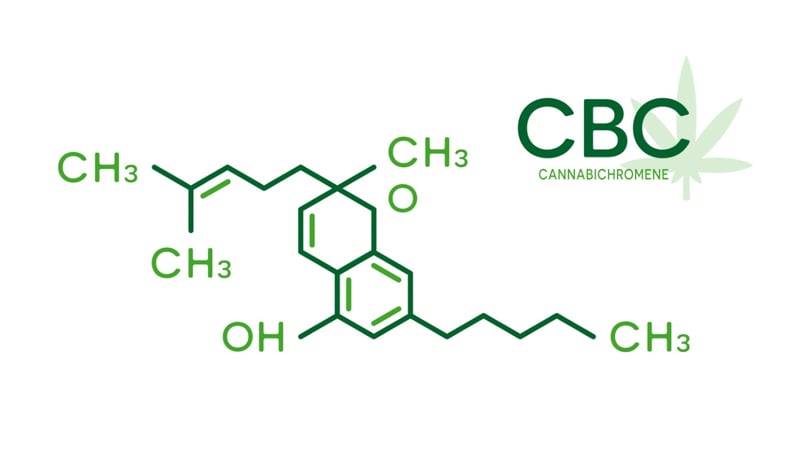
CBC translates to cannabichromene, a cannabinoid that was discovered more than 50 years ago. Similar to CBD and THC, CBC comes from CBDA when the acid is broken down by exposure to light or heat.
Like other CBD compounds, CBC is non-intoxicating. Although research on this cannabinoid is still in the early stages, scientists have already discovered several potential applications.
CBC binds most effectively with vanilloid receptor 1 (TRPV), often referred to as the “third cannabinoid receptor” in the endocannabinoid system. It also interacts with transient receptor potential ankyrin 1 (TRPA1); both of these receptors modulate our perception of pain. This means that CBC may be used to alleviate pain similar to traditional painkillers such as NSAIDs but without their potentially harmful adverse effects.
CBC has been shown particularly effective in reducing inflammation in conditions like osteoarthritis, especially when combined with THC.
Moreover, other studies have pointed at CBC as a potential anti-cancer agent due to its ability to block the growth of cancer cells. Although there are not many studies in this field, the anti-inflammatory effects of CBC may also make it effective in managing skin breakouts and acne. Scientists believe that CBC could prevent sebaceous gland inflammation, which is the main trigger of many types of acne.
What is CBDV?
The last compound on our list is cannabinoids is cannabidivarin, often abbreviated to CBDV. On a molecular level, CBDV is almost identical to CBD, but as recent research suggests, its applications are very unique and could benefit people with neurological disorders.
Preliminary studies on animal models show that CBDV has great potential as the possible treatment of epilepsy and similar neurological conditions. It has remarkable anticonvulsant and antiepileptic properties, and scientists are speculating about its possible use in supporting patients with Parkinson’s disease, post-injury tremors, epilepsy, and other conditions where seizures may occur.
Not only does CBDV seem to reduce the duration of seizure attacks, but it also could work to prevent convulsions from occurring at all. GW Pharmaceuticals, a European cannabis company, is working to patent the use of CBDV for treating intractable forms of seizures.
Aside from potent anticonvulsant properties, CBDV may provide relief from nausea and vomiting, especially when they result from the side effects of chemotherapy. The cannabinoid has also been studied as an appetite suppressant, and as a treatment that could help people with Crohn’s disease and multiple sclerosis manage their symptoms.
How Do I Know Which Cannabinoid Works best?
With so many cannabinoids to choose from, there’s likely one to tackle nearly any problem. It’s no wonder that after reading about all these compounds, you may have questions regarding which one will work best for your individual situation.
If you want to narrow down your choices to find the right cannabinoid, start with identifying your symptoms. When it comes to many common ailments — including anxiety, pain, inflammation, sleep problems, and skin conditions — CBD is the most effective and readily available option. You can find it in a wide range of formats, from oils to gummies, pills, and topical products.
You can talk to your doctor about using the minor cannabinoids presented in this article if you’re considering them as a treatment option for an uncommon health concern. They may have access to valuable research that’s conducted every year on cannabinoid-based extracts and thus be able to provide you with professional guidance.
Experts in the field of cannabinoids argue that the best therapeutic effects can be achieved by combining all the valuable compounds from cannabis into one product. Such products are known as “full-spectrum” extracts and produce a unique synergy that scientists refer to as “the entourage effect.” The minor cannabinoids and terpenes in the plant surround the main active ingredients (CBD and THC), amplifying their therapeutic properties while modulating potentially unwanted effects.
These statements have not been evaluated by the Food and Drug Administration. Royal CBD products are not intended to prevent, diagnose, treat, or cure any disease or medical condition.
Due to the lack of FDA regulations on the manufacturing and labeling of CBD, we recommend that you do your own research on CBD products. We also encourage you to read the lab reports and user reviews to get a bigger picture of the company you want to purchase from.
FAQ on Cannabinoid Differences
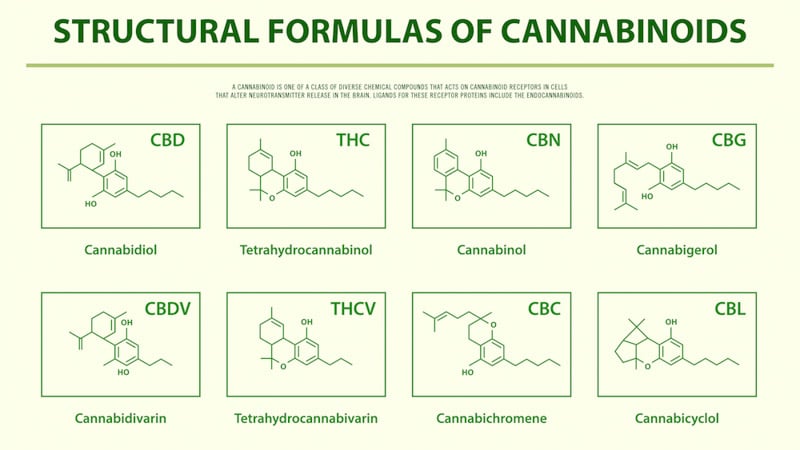
What is the difference between CBD, CBG, and CBN?
CBD, CBN, and CBG, are cannabinoids secreted within the resinous parts of the cannabis plant. However, their effects slightly differ. CBD and CBN are great to use for their calming effects to reduce stress and support healthy sleep. CBG, on the other hand, produces more of an invigorating effect when taken, which can have a positive effect on your energy, focus, motivation, and mood stability.
What are the benefits of CBG?
CBG offers a variety of benefits, from improved metabolism to mood enhancement and better pain management. CBG also helps with inflammation.
Can you take CBD and CBG together?
Yes, you can take these two cannabinoids together. When combined, CBD and CBG have more balanced effects on the body and mind, as CBD is usually calming and CBG can have more of an invigorating effect. If you feel sleepy when you take CBD, try taking CBG at the same time to keep that balance.
Does CBG help with anxiety?
Scientists believe that CBG can help with anxiety by activating different endocannabinoid receptors that are responsible for regulating our response to stress.
Final Notes on the Differences Between CBD, CBG, CBC, CBN, and CBDV
Cannabis plants are very complex. There are over 400 compounds inside their stalks, leaves, and flowers, of which 100+ has been identified as cannabinoids with potential therapeutic applications.
Although the attention of modern medicine has been focused on CBD and THC so far, scientists are diving deeper into the chemical structure of hemp, exploring the world of minor cannabinoids, terpenes, and other valuable molecules.
Each of the cannabinoids mentioned in this article offers its own unique set of health benefits. When combined together, they help the body process the major cannabinoids more efficiently, which is why full-spectrum extracts are considered superior to products based on single molecules.
Understanding the differences between various cannabinoids — and how they can work together to improve your health — unlocks their untapped potential, with ripe opportunities for personalized supplementation based on all-natural compounds.
